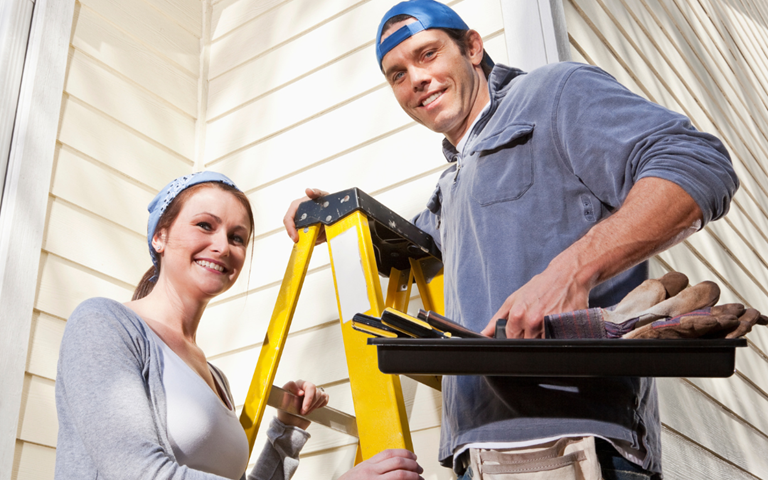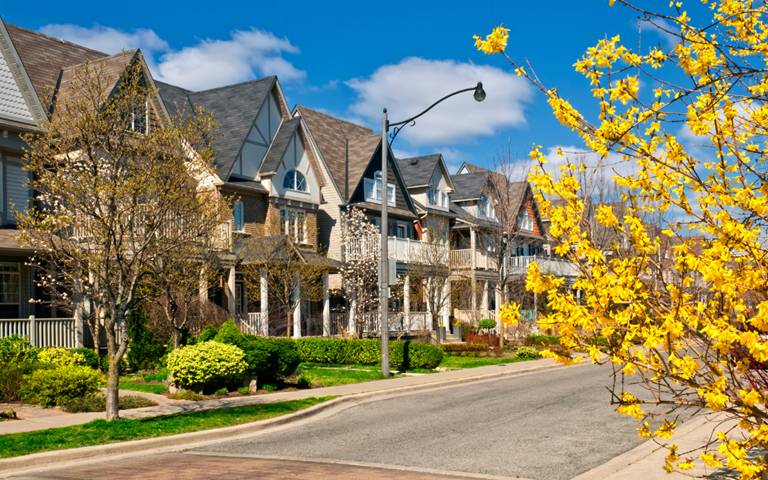A greener home for a happier planet
Spring is here, and soon the color green will be everywhere. And if that gives you a little inspiration to “go green” around your home and yard, you’re in luck. Below we share tips to help you do just that.
“Going green” has proven itself more than a passing trend, with people increasingly embracing an enviro-friendly approach to life. The movement definitely extends to homes and yards, whether you’re updating an existing abode or looking for a new one. So if you’re an eco-conscious homeowner (or home shopper), read on for steps you can take to green your home — and help create a healthier planet.
- Choose recycled. Recycling isn’t just for the junk mail. If you’re remodeling or building a home, you can incorporate recycled materials such as shingles, steel framing, concrete (or concrete alternatives made from recycled waste materials) and flooring — like carpeting made from recycled plastic bottles, or options made from recycled wood, glass, ceramics, stone or rubber.
- Opt for alternatives. Think about bamboo — a rapidly renewable wood — for floors and cabinets. Or insulation made from natural, renewable materials such as hemp, wool or soybean foam. How about concrete alternatives made from foam, glass, paper, or compressed earth?
- Source locally. When you buy building or remodeling materials produced nearby, you reduce transportation requirements, which means fewer emissions and, as a bonus, you support your community!
- Rethink your roof. “Cool roofs” reflect sunlight and absorb less heat, keeping your home cooler with less energy. “Green roofs” use a layer of living plants to add natural insulation, reduce storm water runoff and even help clean the air by reducing pollution and greenhouse gas emissions.
- Save energy. Today, you have so many ways to reduce energy usage (and those monthly utility bills), there’s no excuse not to do something. Start small and work your way up if you need to: turn down the heat a few degrees, turn off lights and power strips, choose CFL or LED light bulbs, install a smart thermostat, add appropriate levels of insulation, and install energy-efficient appliances and windows.
- Reduce water use. Capture “slightly used” water — what you’d normally lose down the drain of your kitchen sink or shower. Then use it on your lawn or garden. Scale back your water needs even more (and possibly reduce your water bill) with low-flow faucets and showerheads, drip irrigation and xeriscaping for your yard, and water-efficient dishwashers and washing machines.
If you’re thinking of buying a fixer-upper, renovating your existing home or simply adding a touch of green to your current space, feel free to reach out to one of our home loan experts for even more ideas.


.svg)

